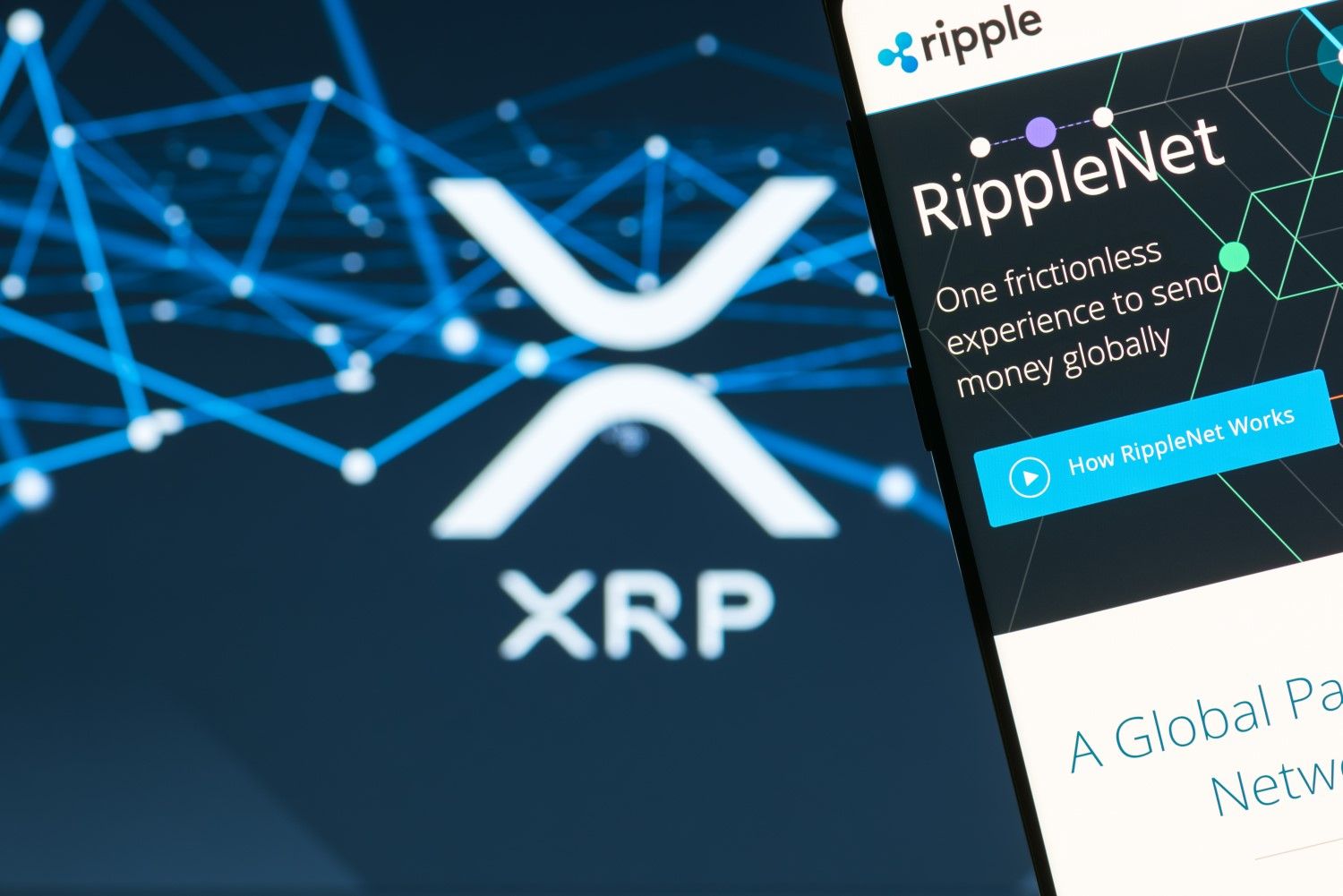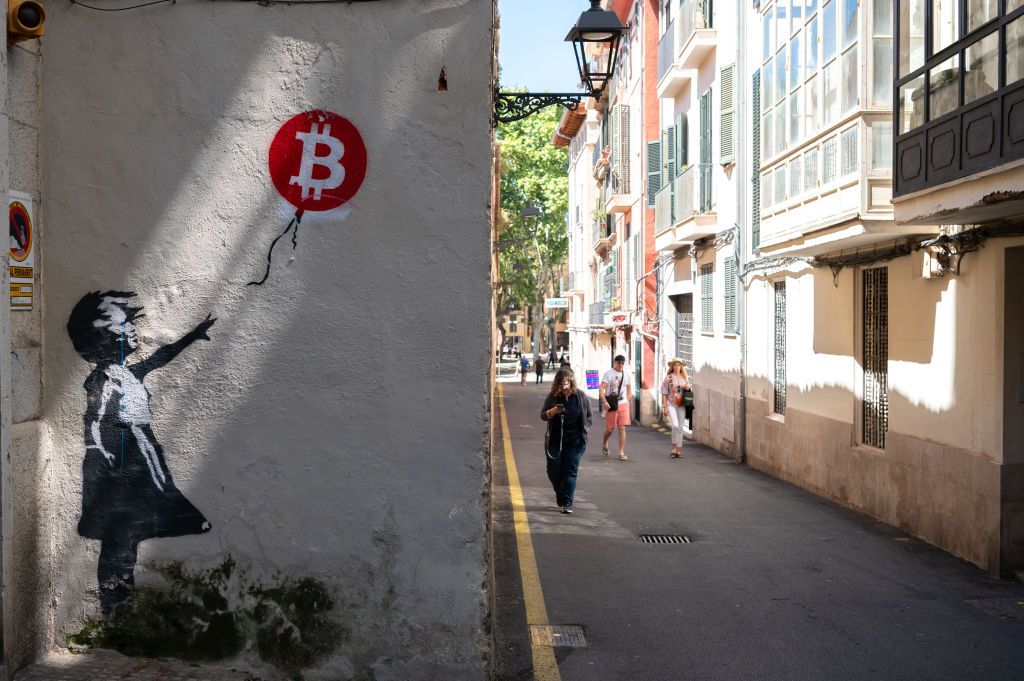Temporary Halt in XRP Ledger Operations
The XRP Ledger (XRPL) experienced a brief unavailability early Wednesday due to issues with its consensus mechanism design, which led to a temporary suspension of network activities. This incident originated when the consensus process appeared to be operational; however, validations were not being published, resulting in the ledgers of the network “drifting apart.”
In the context of the XRP Ledger, achieving consensus among validators is essential for the timely updating of the ledger with new transactions. If validators are unable to agree on which transactions should be included in the forthcoming ledger version, the network will be unable to progress.
The term “drift” in this scenario indicates that, although the consensus protocol was technically active, the validations (which serve as confirmations for transaction sets) were not being disseminated. At least one validator operator took manual action to reset the network’s consensus to a previously validated ledger state. However, Ripple’s Chief Technology Officer, David Schwarz, mentioned in a post on X that the network appeared to have rectified the issue autonomously.
“It is likely that servers refrained from sending validations precisely because they detected something amiss,” Schwarz elaborated. “They aimed to ensure that no server accepted a ledger as fully validated when there was uncertainty about the network’s ability to retain and ultimately agree on that ledger.”
Schwarz further noted, “One potential failure mode for XRPL is if all validators consider the network to be malfunctioning, leading them to refuse to send any validations. This results in a lack of communication that prevents the network from reconverging. We refer to this scenario as the ‘silent network’ failure.”
Fortunately, no assets were at risk during this downtime, and the price of XRP remained largely aligned with the broader movements of Bitcoin and other altcoins.







